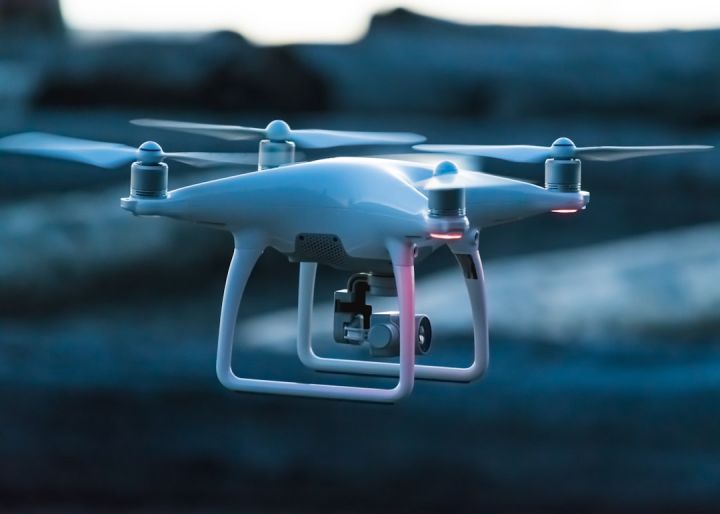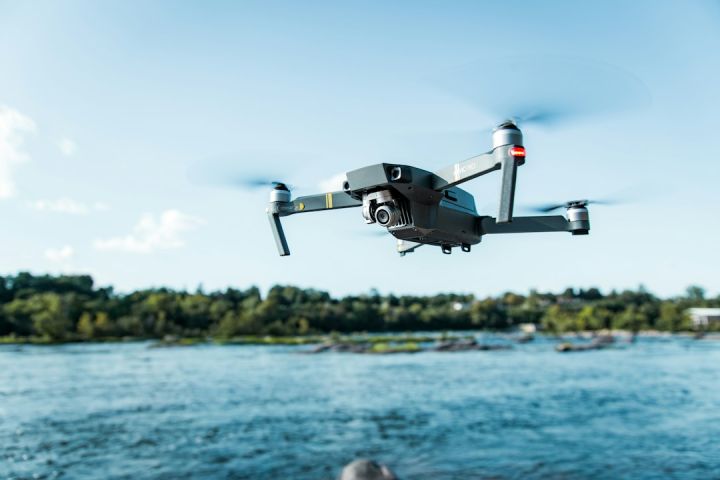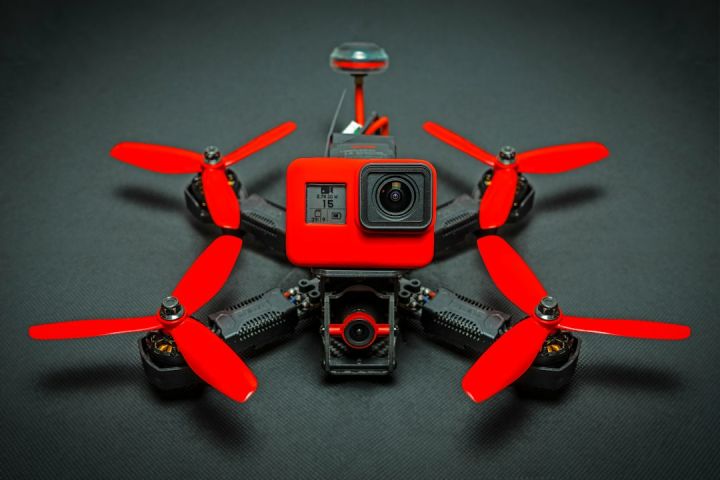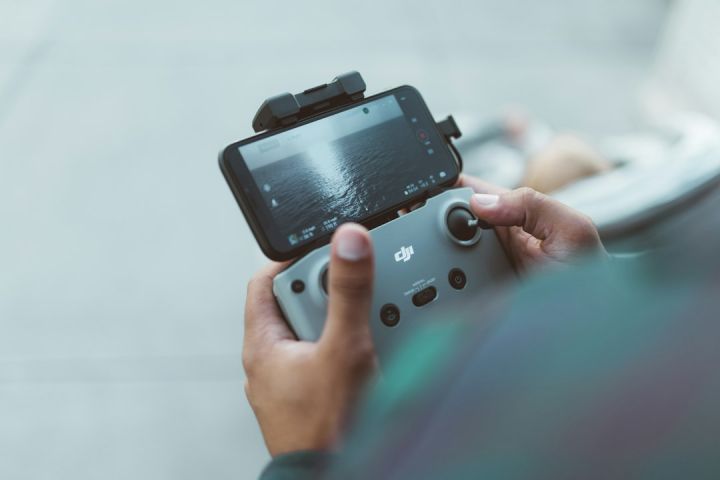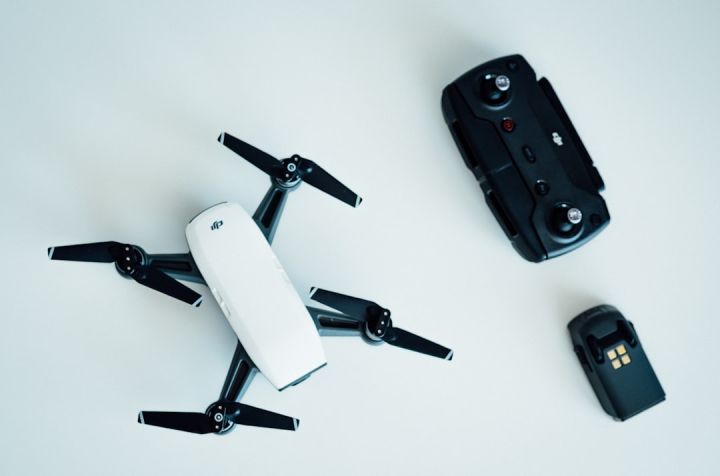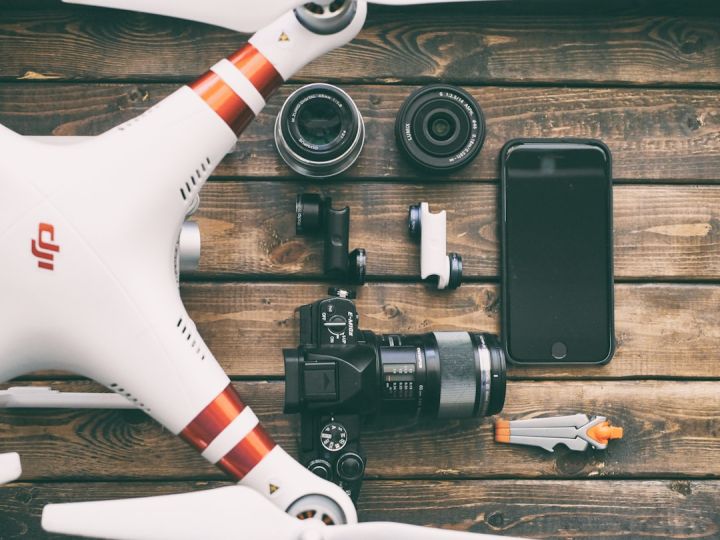Are There No-fly Zones for Drones in Urban Areas?
Drones have become increasingly popular in recent years, with their ability to capture stunning aerial footage and assist in a variety of industries. However, the question arises: are there no-fly zones for drones in urban areas? In this article, we will explore the regulations surrounding drone usage in cities and the potential risks involved.
The Rise of Drones in Urban Areas
Drones have revolutionized various sectors, including photography, videography, delivery services, and even surveillance. Their compact size and agility make them ideal for navigating urban environments. However, with great power comes great responsibility, and it is crucial to understand the rules and restrictions surrounding drone usage in these areas.
Regulations and No-fly Zones
The Federal Aviation Administration (FAA) in the United States has imposed regulations to ensure the safe operation of drones. These regulations include restrictions on flying drones near airports, stadiums, and other sensitive areas. Additionally, many cities have designated no-fly zones within their boundaries to protect public safety and privacy.
One such example is Washington, D.C., where flying a drone is strictly prohibited within a 15-mile radius of Ronald Reagan Washington National Airport. This restriction is in place due to the proximity of important government buildings and the potential risk to national security.
Privacy Concerns
One of the main reasons for implementing no-fly zones in urban areas is to address privacy concerns. Drones equipped with cameras can easily invade people’s privacy by capturing footage without their consent. In response to this, many cities have established regulations to protect their residents’ privacy rights.
For instance, in New York City, flying a drone over private property without permission is considered trespassing. Violators can face fines and legal consequences. This regulation aims to prevent unauthorized surveillance and protect individuals’ privacy within their own homes.
Safety Risks
Another critical factor in establishing no-fly zones is the safety risk associated with drone use in densely populated areas. Urban environments are filled with people, vehicles, and buildings, making it essential to mitigate the potential hazards drones may pose.
Drones can malfunction, lose control, or collide with objects, posing a danger to pedestrians, motorists, and infrastructure. By establishing no-fly zones, cities can minimize these risks and ensure the safety of their residents.
Exceptions and Permits
While no-fly zones are generally strictly enforced, there are exceptions and permits available for specific purposes. For example, professional filmmakers or news agencies may obtain permits to fly drones in restricted areas for commercial purposes, provided they adhere to certain guidelines and safety measures.
Additionally, emergency services such as police and fire departments may be granted special permissions to use drones in restricted areas during critical situations. These exceptions are granted on a case-by-case basis and require proper documentation and training.
Conclusion: Balancing Innovation and Safety
In conclusion, no-fly zones for drones in urban areas are necessary to ensure public safety and protect privacy rights. By implementing these restrictions, cities can strike a balance between encouraging innovation and technology while minimizing the risks associated with drone usage.
It is essential for drone operators to familiarize themselves with the regulations in their respective cities and obtain any necessary permits. By doing so, they can enjoy the benefits of drone technology while respecting the rules that have been put in place to safeguard the well-being of urban communities.

